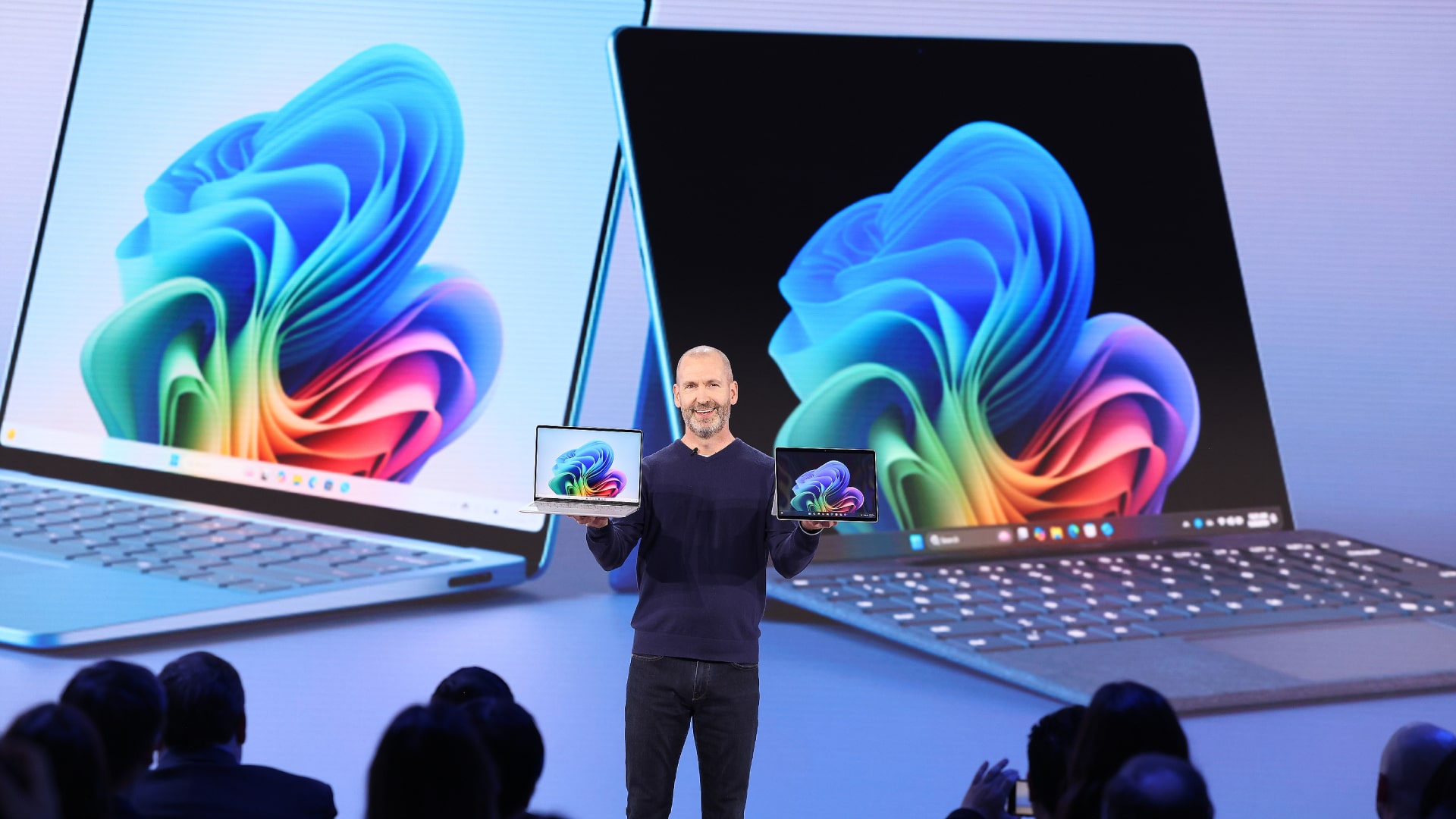Microsoft's Copilot+ AI PCs aren't all that special right now, but there's one major reason why that's about to change
Forget Recall and Cocreator — Windows Copilot Runtime is the real secret sauce of the AI PC

Now that we've gotten our hands on the first round of Copilot+ AI PCs, including the Microsoft Surface Pro 11 and Microsoft Surface Laptop 7, we've finally been able to try out some of the AI features that Microsoft touted at its May 20 Copilot+ event and...they're ok.
Not that they're not useful, mind you, but Studio Effects and Cocreator aren't exactly barnburners, and they aren't necessarily the best demonstrations of what an on-device neural network powered by an NPU can do.
In fact, right now, an NPU seems pretty useless, as evidenced by Intel Meteor Lake and the complete lack of any real 'killer app' for these neural processors. Now that we have more powerful NPUs from Qualcomm Snapdragon X Plus and X Elite SoCs (and the forthcoming AMD Ryzen AI 300 and Intel Lunar Lake processors on the way), they are certainly something, and you can kinda-sorta make out what these processors can do.
But for the average computer user looking to upgrade their pandemic purchase to one of the best laptops they can afford this year, there just hasn't been a very compelling case being made for these AI PCs they keep hearing about.
That's about to change, however, and it's all down to a very underreported announcement Microsoft made on May 20: Windows Copilot Runtime. It's absolutely going to unleash the potential of these AI PCs in the months and years ahead.
What is Windows Copilot Runtime?

Windows Copilot Runtime (WCR) pretty much went under the radar for most tech journalists and commentators during and after Microsoft's presentation back in May.
That's understandable since most of us were very focused on the actual products being shown off, rather than a new application programming interface (API). But Microsoft's announcement came at the opening of its annual Build conference, and for the app developers in attendance at the conference, WCR was easily the most exciting new innovation that Microsoft announced.
Get daily insight, inspiration and deals in your inbox
Sign up for breaking news, reviews, opinion, top tech deals, and more.
That's because an API allows developers to program their apps to work with a system seamlessly and functionally. In the case of WCR, it allows developers to plug into a PC's NPU to build small-language models (SLMs) to power their apps. Before now, developers didn't really have an easy way to do so, which is why there are essentially no apps out there that leverage an NPU effectively.
What does Windows Copilot Runtime mean for the user?

In effect, WCR is for the NPU what DirectX, first released by Microsoft in 1996, is for a GPU, allowing game developers to supercharge game worlds with 3D graphics, advanced lighting techniques, and more. And just as game-changing as DirectX was for PC gaming (literally), WCR will be an evolving platform that lets developers build apps that are radical evolutions of those we currently use every day.
What will that mean in practice? It's always hard to predict the evolution of technology, but I can say that productivity apps like Microsoft Word and Excel are going to see some significant changes. Personal finance apps like Quicken are also likely to get some important AI features that could make budgeting and financial planning much easier.
While there has been a lot of talk about generative AI, those kinds of apps will likely still need a beefy GPU or cloud processing to run efficiently, but WCR will also allow app developers to more easily leverage GPUs for AI processes as well. So, local text-to-image generation is going to become much more accessible over the next few months.
Beyond that, it's anyone's guess, but as WCR evolves with new iterations and releases like we've seen with DirectX (currently on its 12th version), the only guarantee is that AI PCs are going to get the software support they've lacked so far, making them a much more appealing upgrade for users.
You might also like...

John (He/Him) is the Components Editor here at TechRadar and he is also a programmer, gamer, activist, and Brooklyn College alum currently living in Brooklyn, NY.
Named by the CTA as a CES 2020 Media Trailblazer for his science and technology reporting, John specializes in all areas of computer science, including industry news, hardware reviews, PC gaming, as well as general science writing and the social impact of the tech industry.
You can find him online on Bluesky @johnloeffler.bsky.social